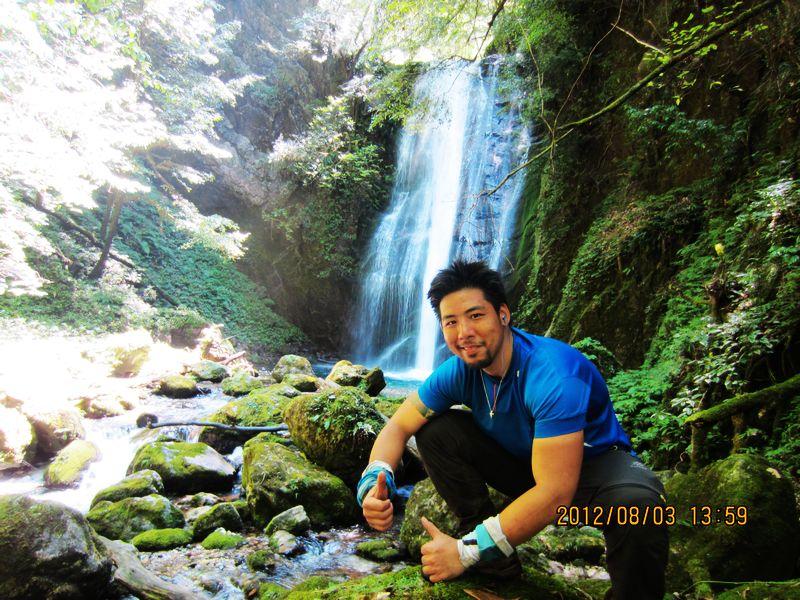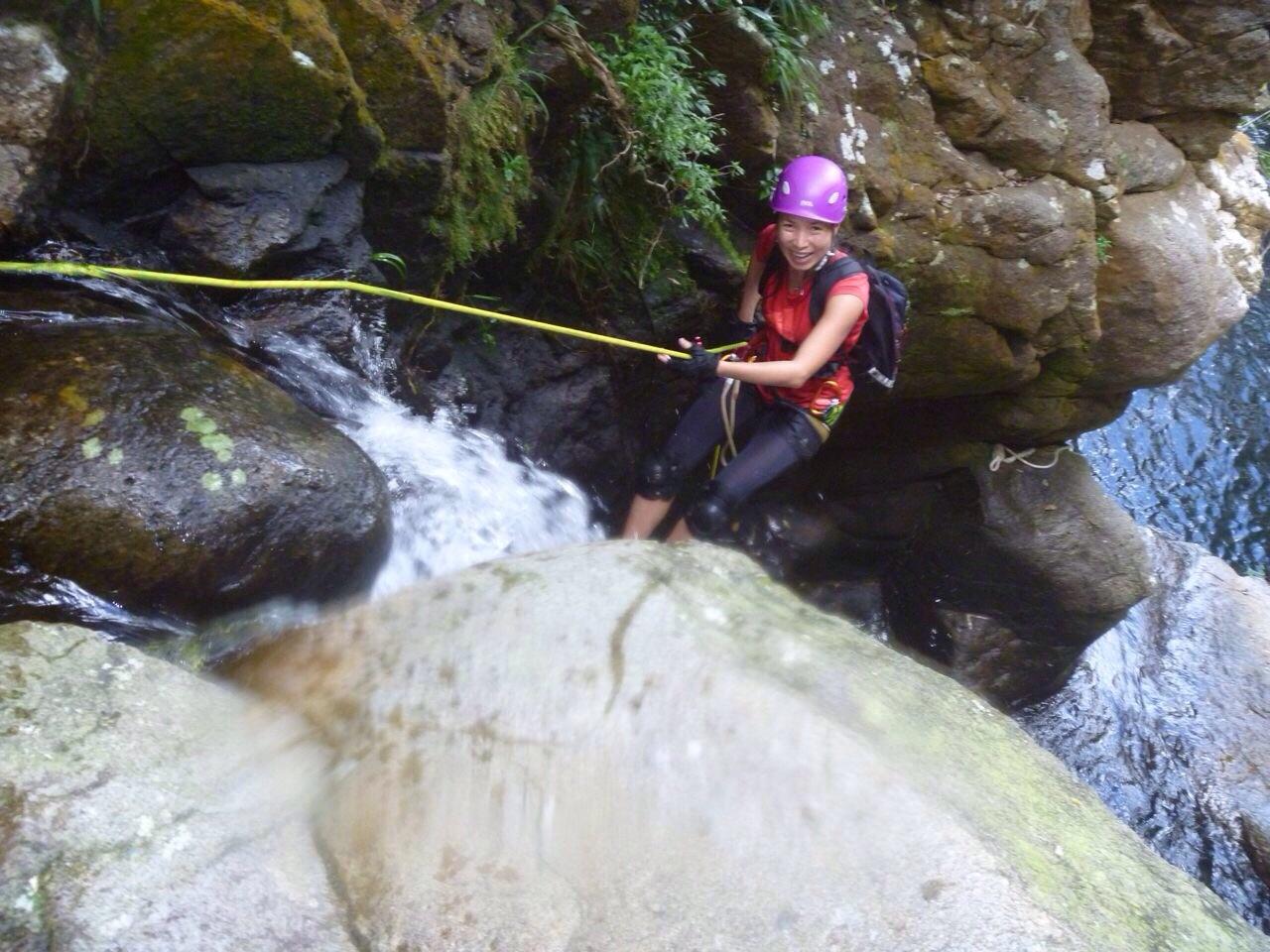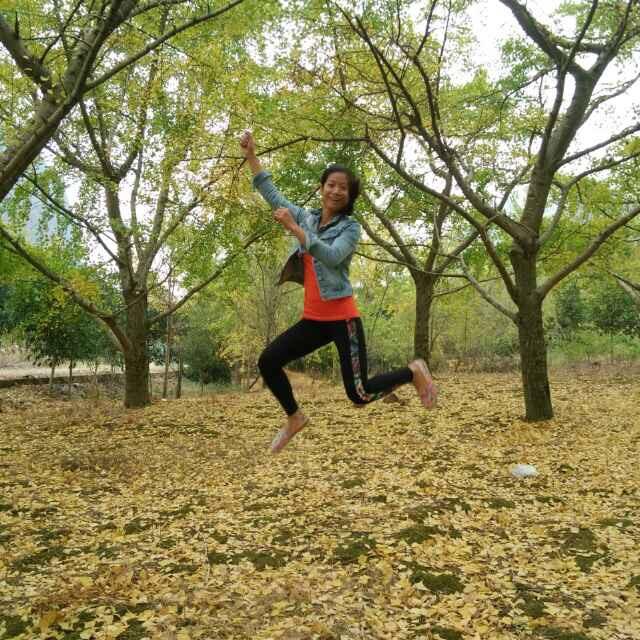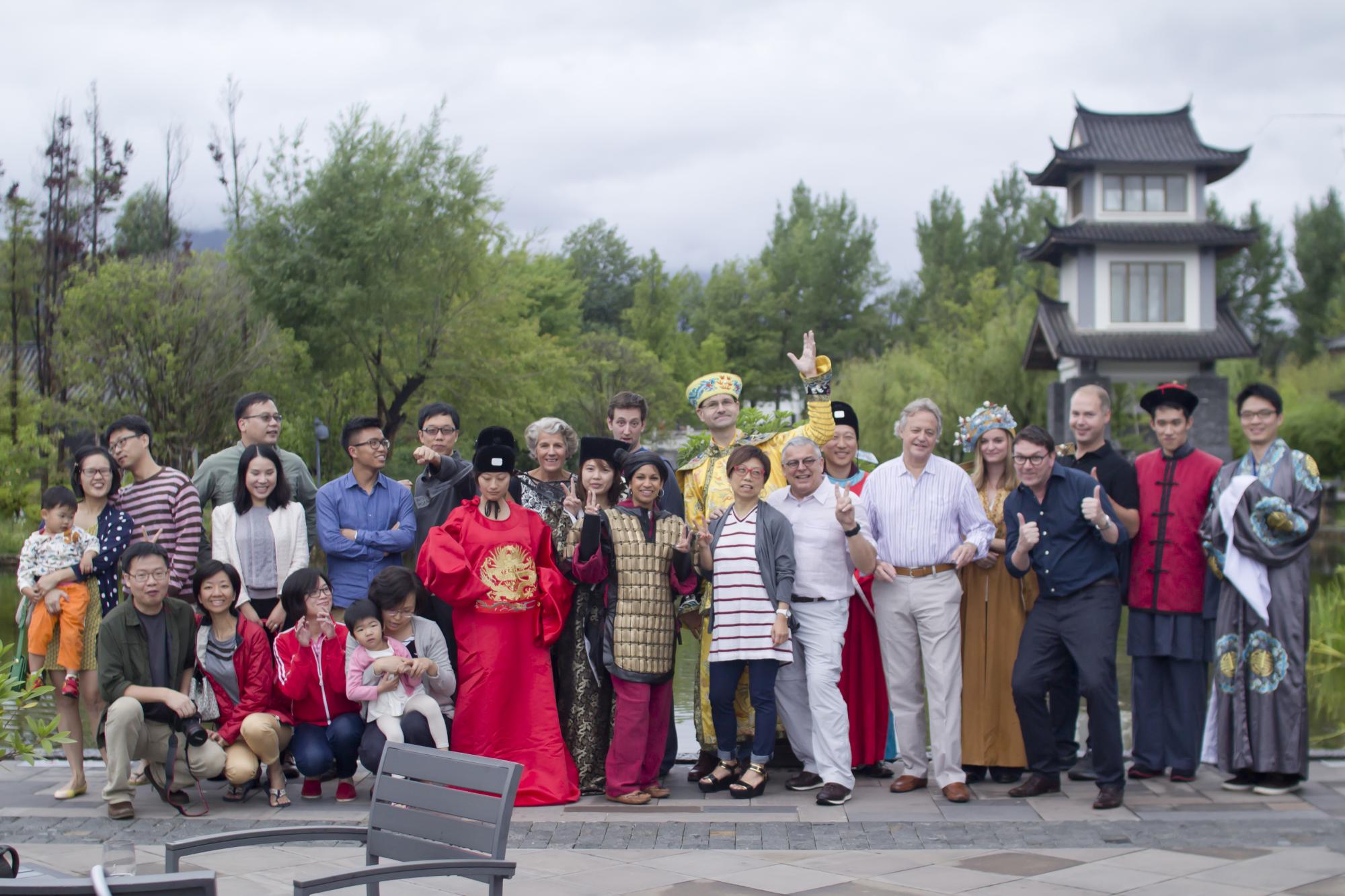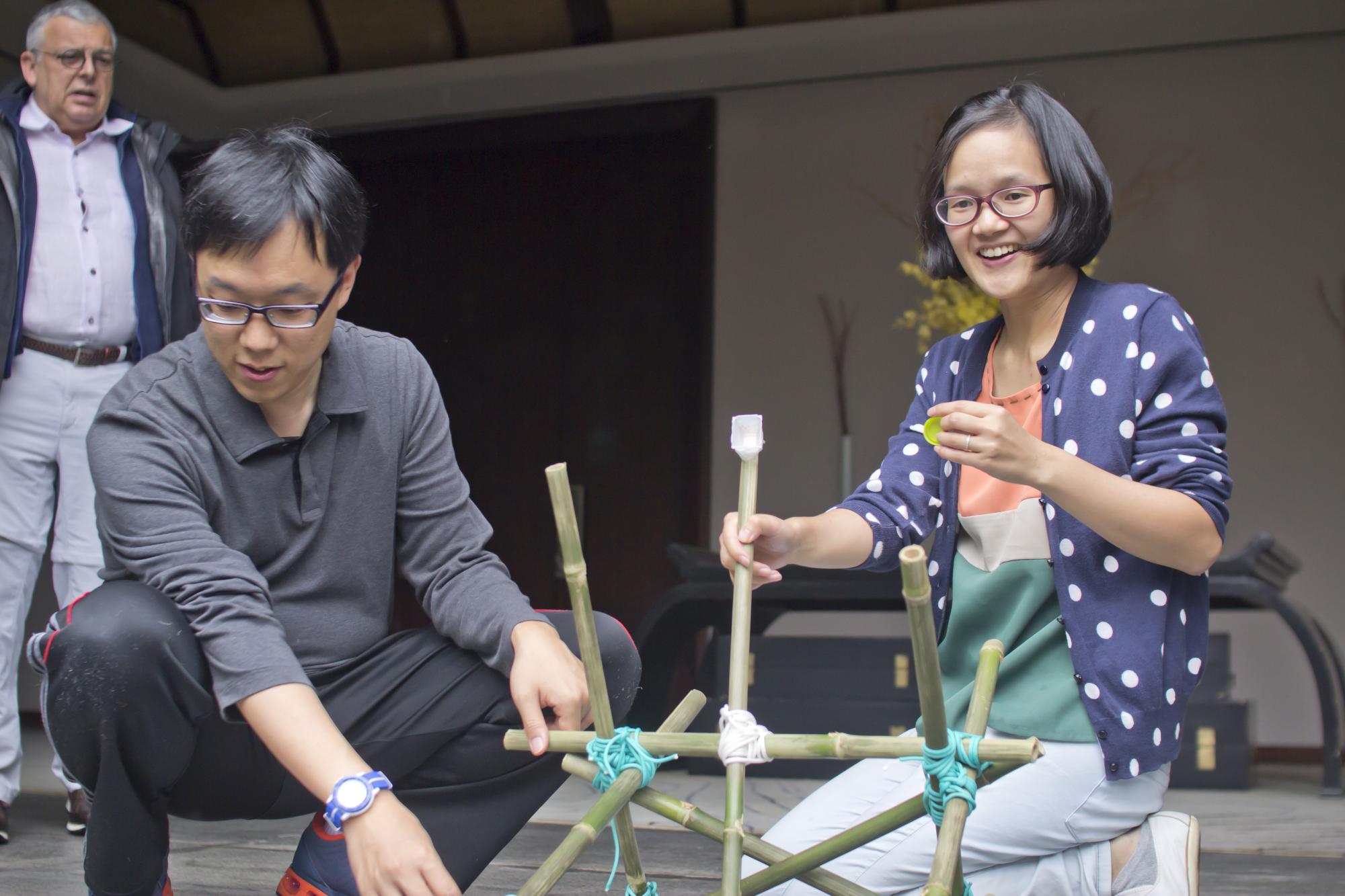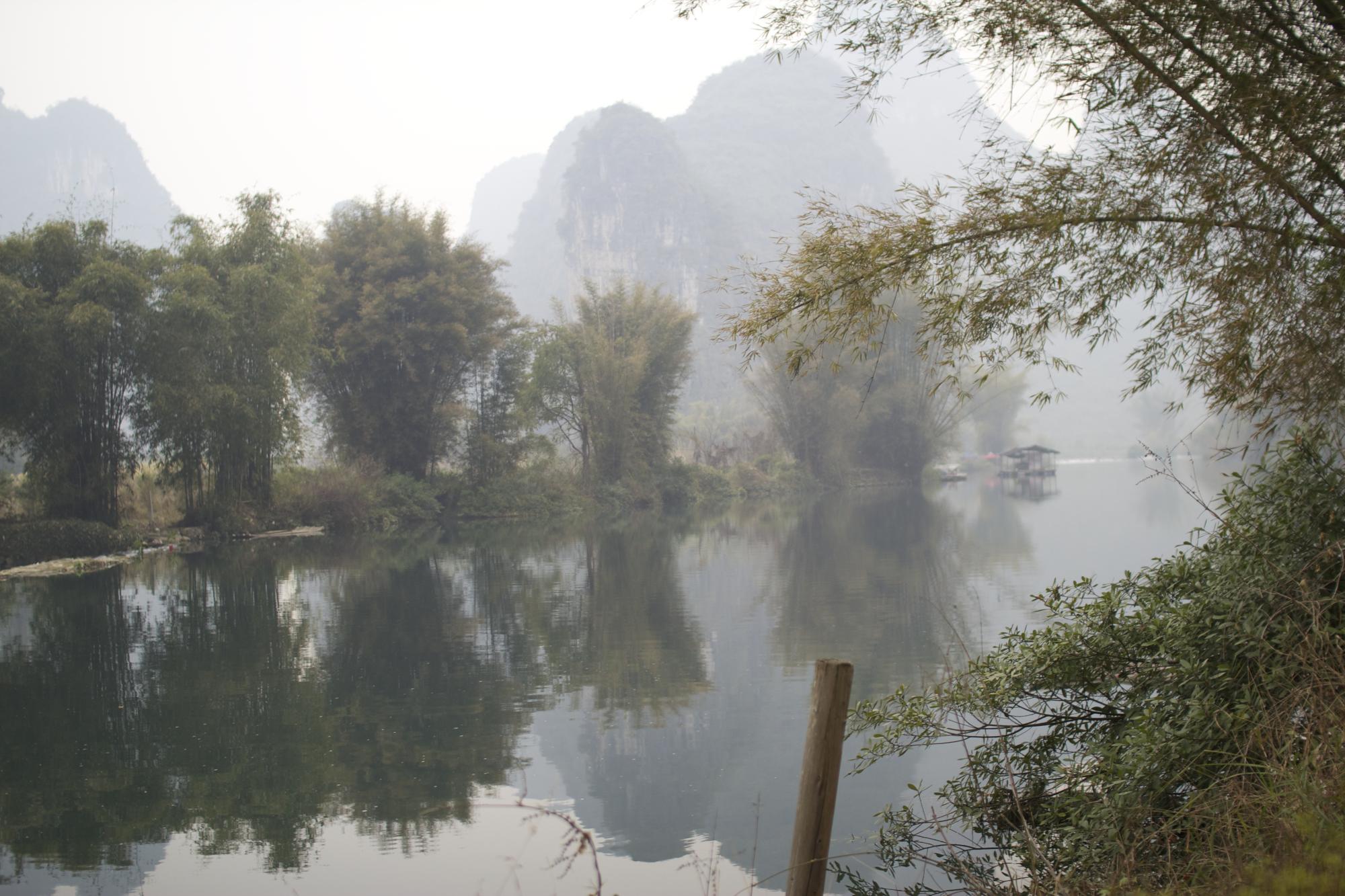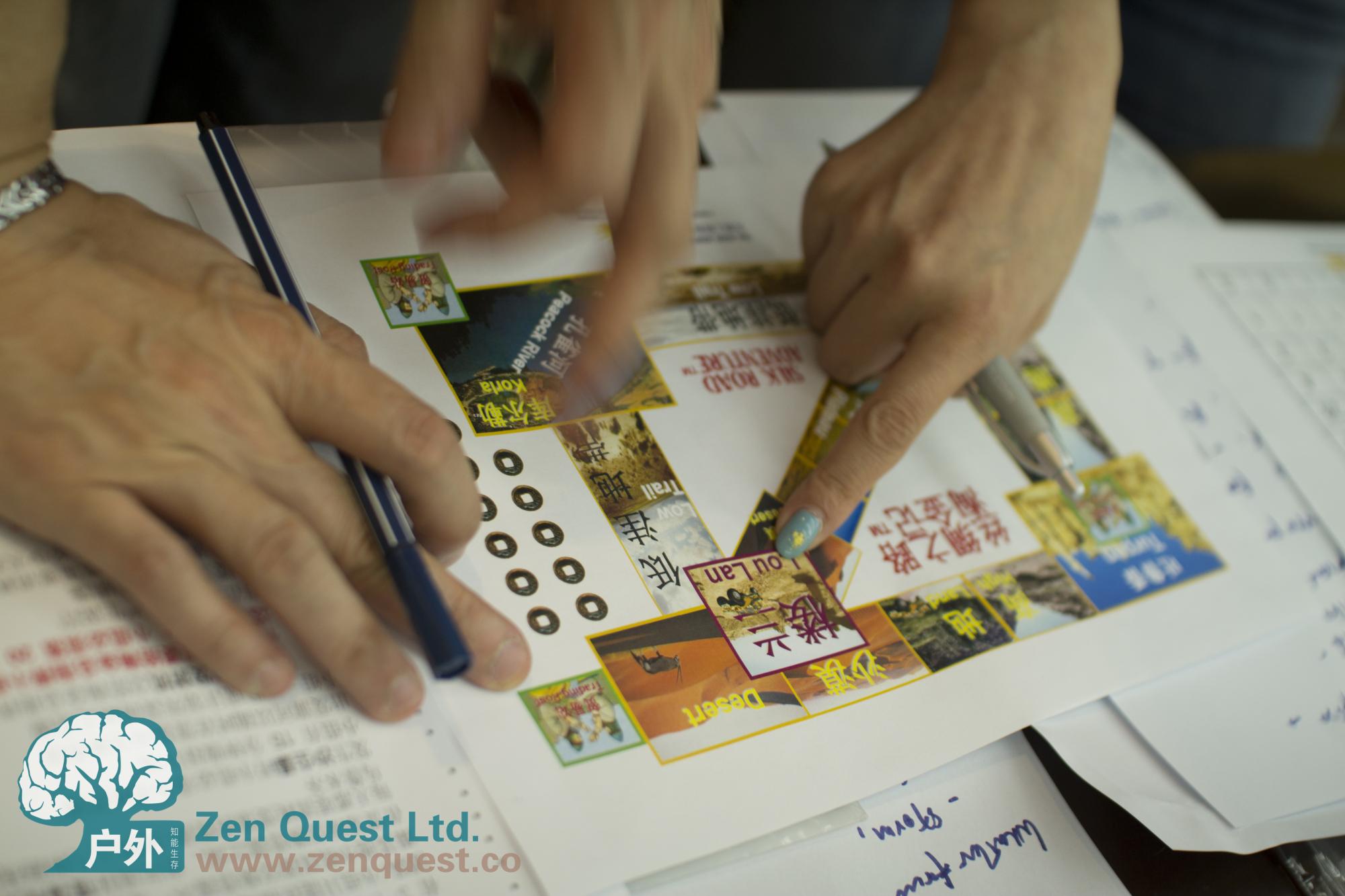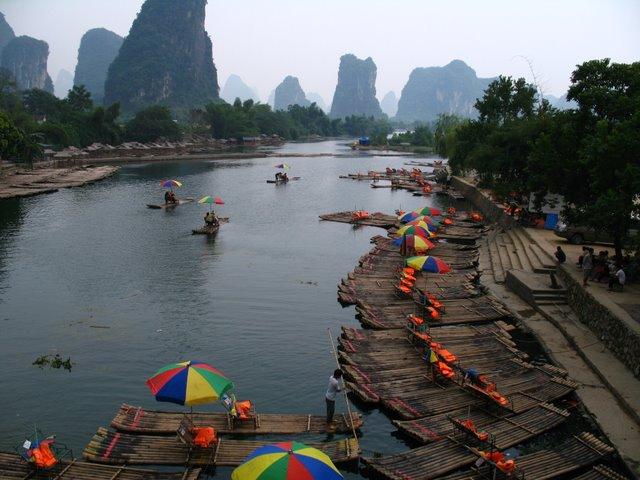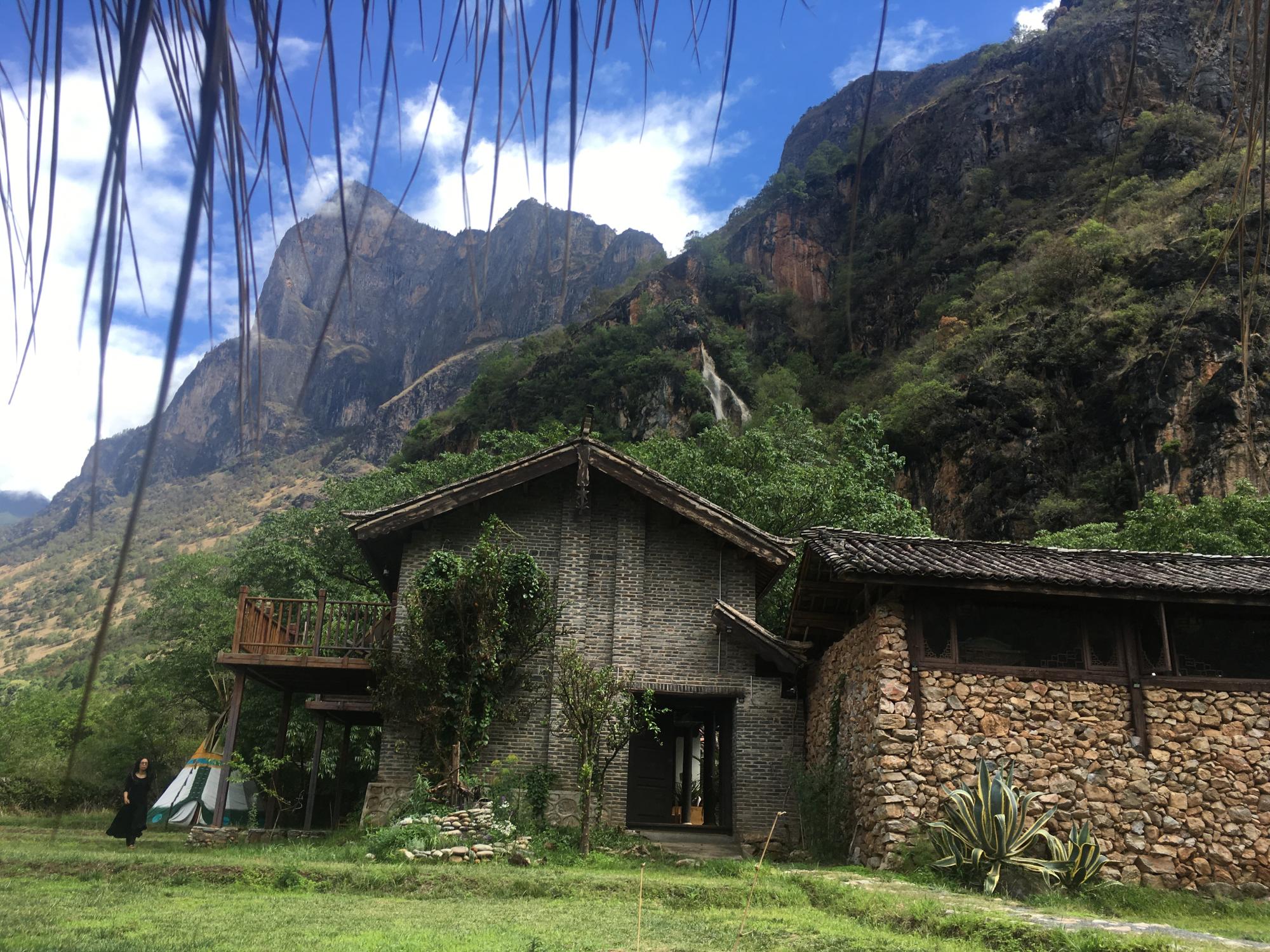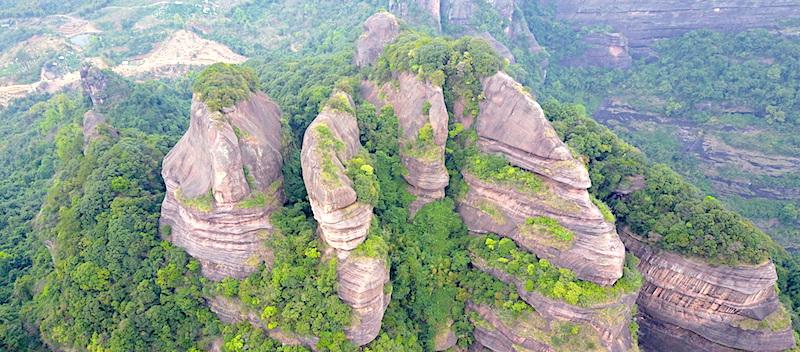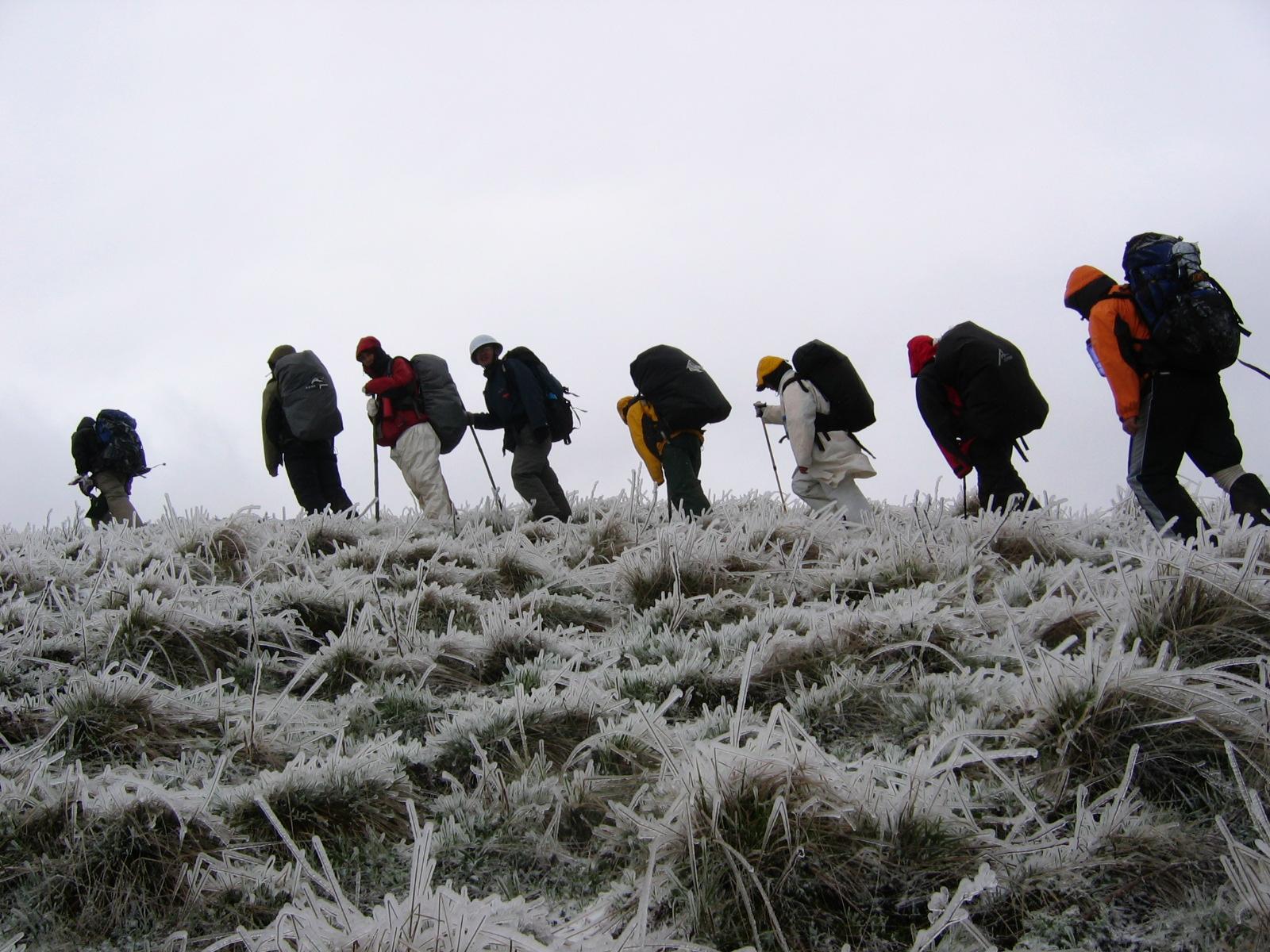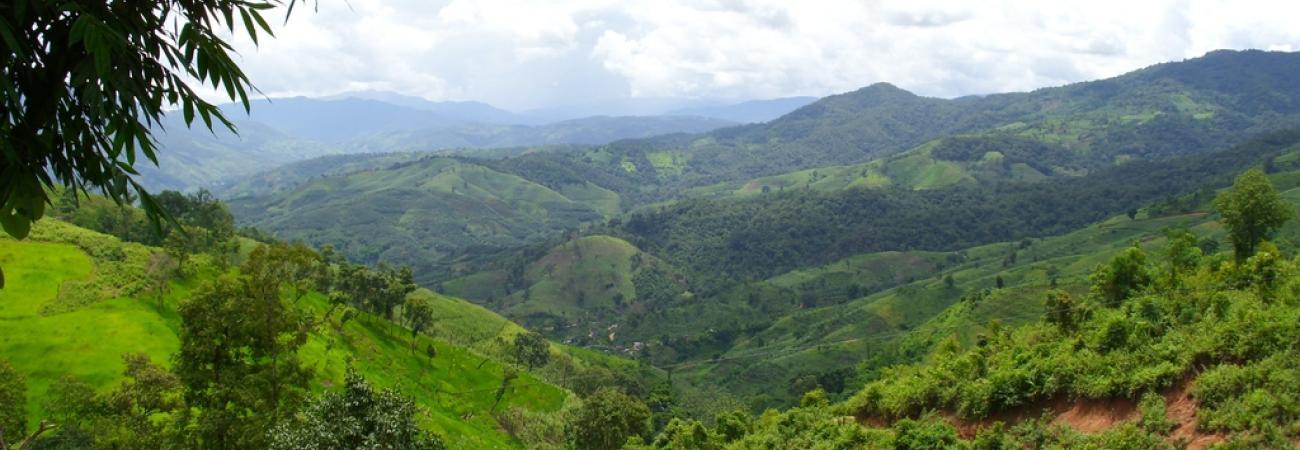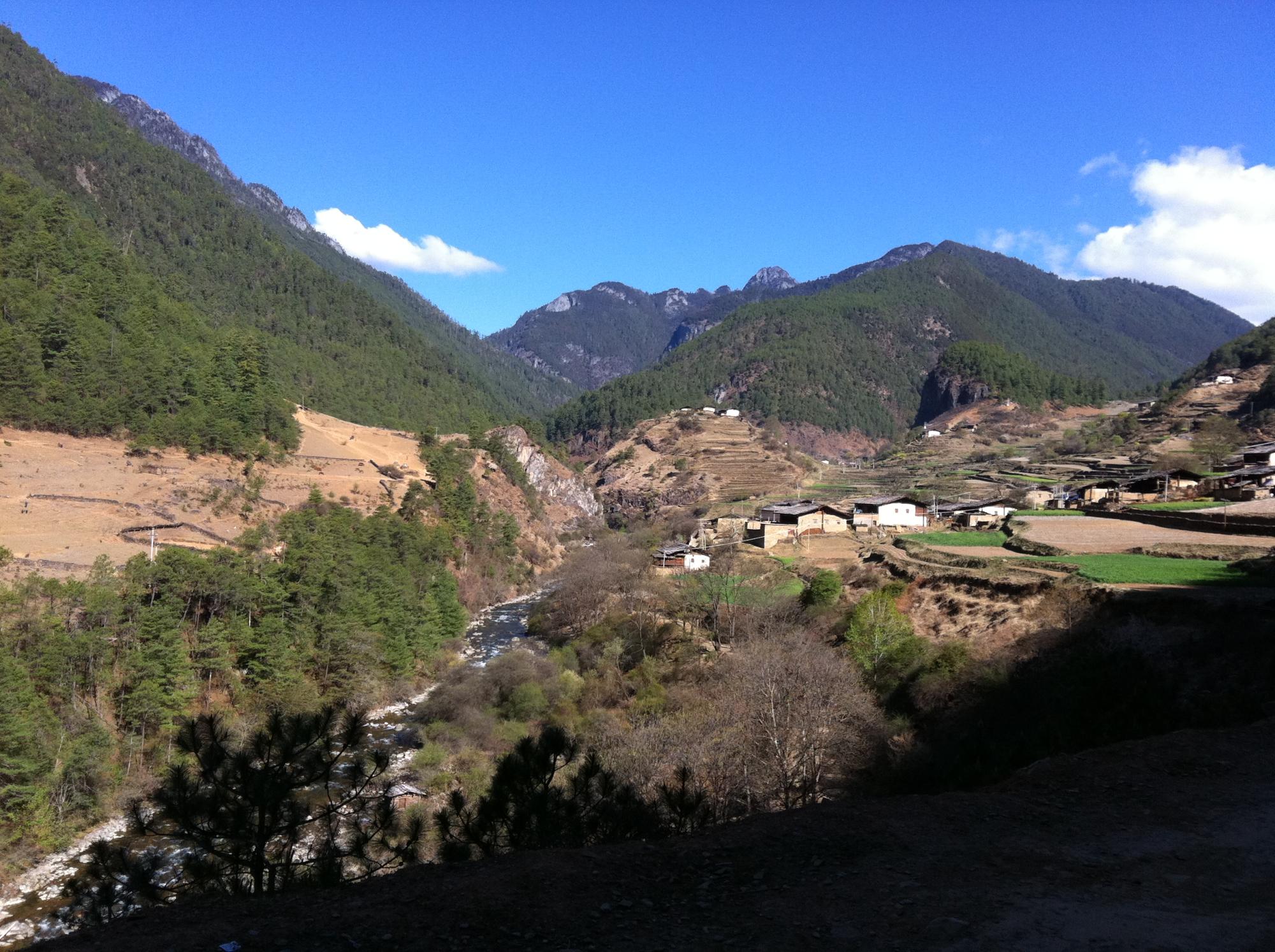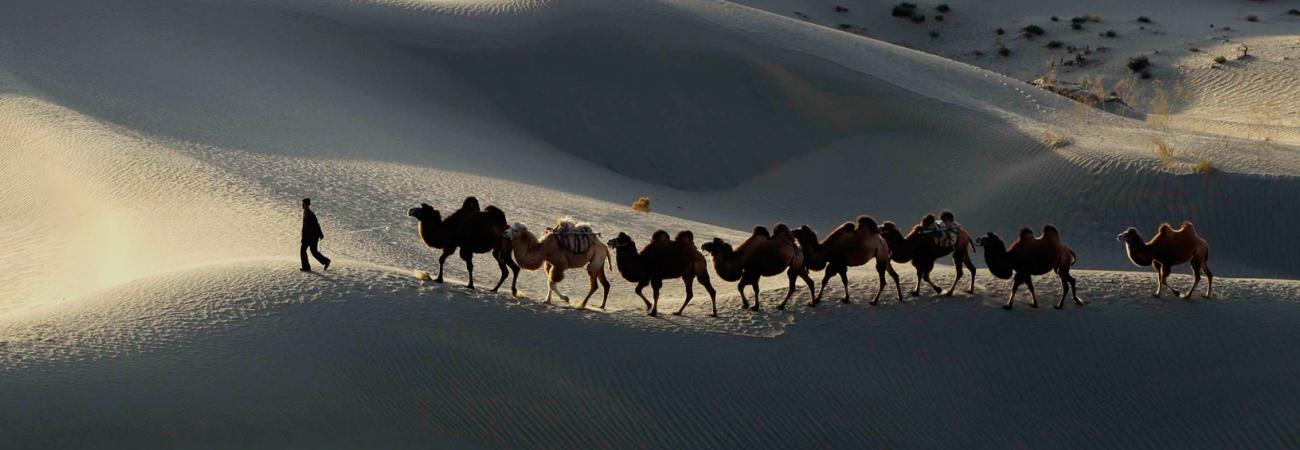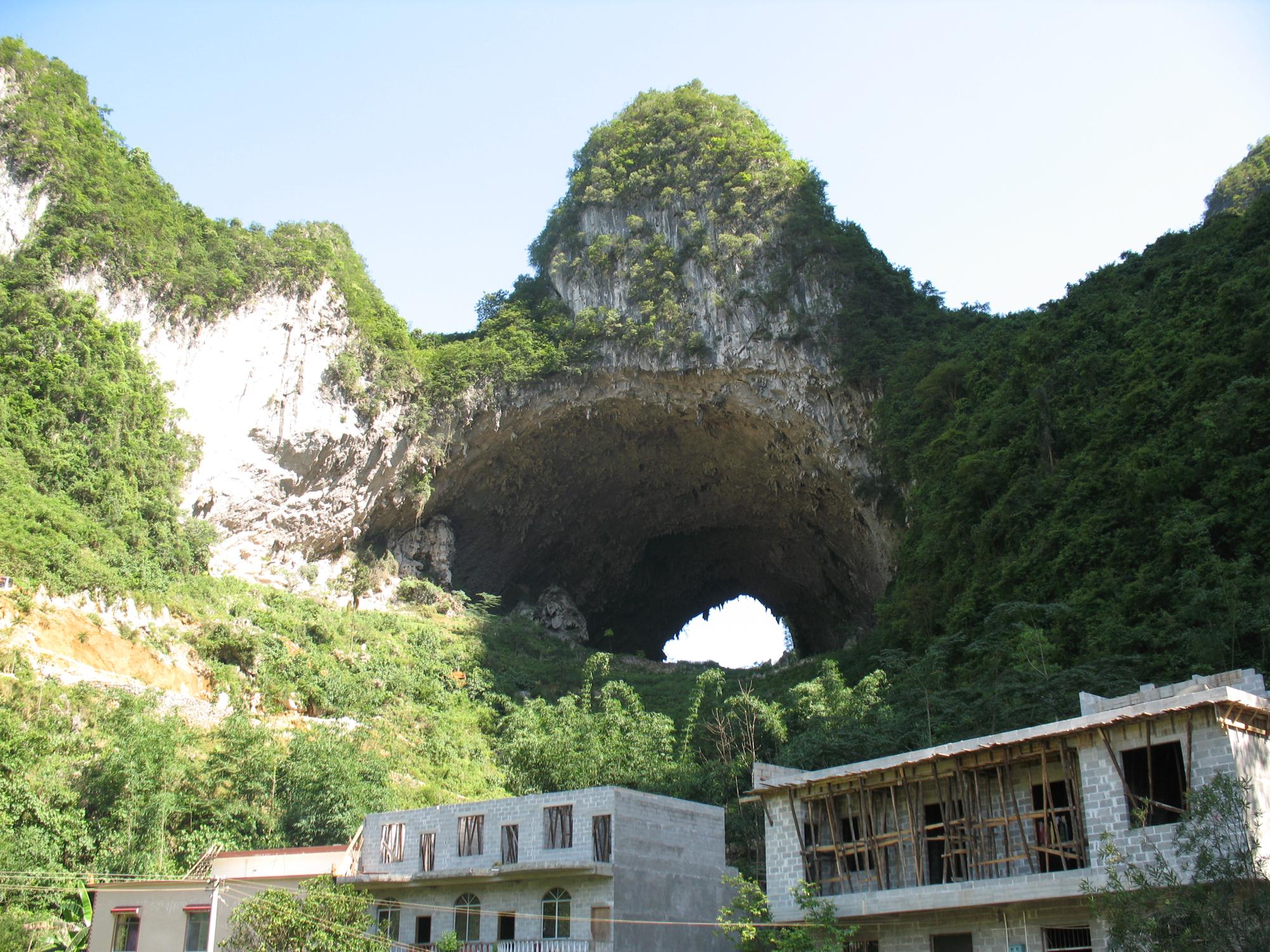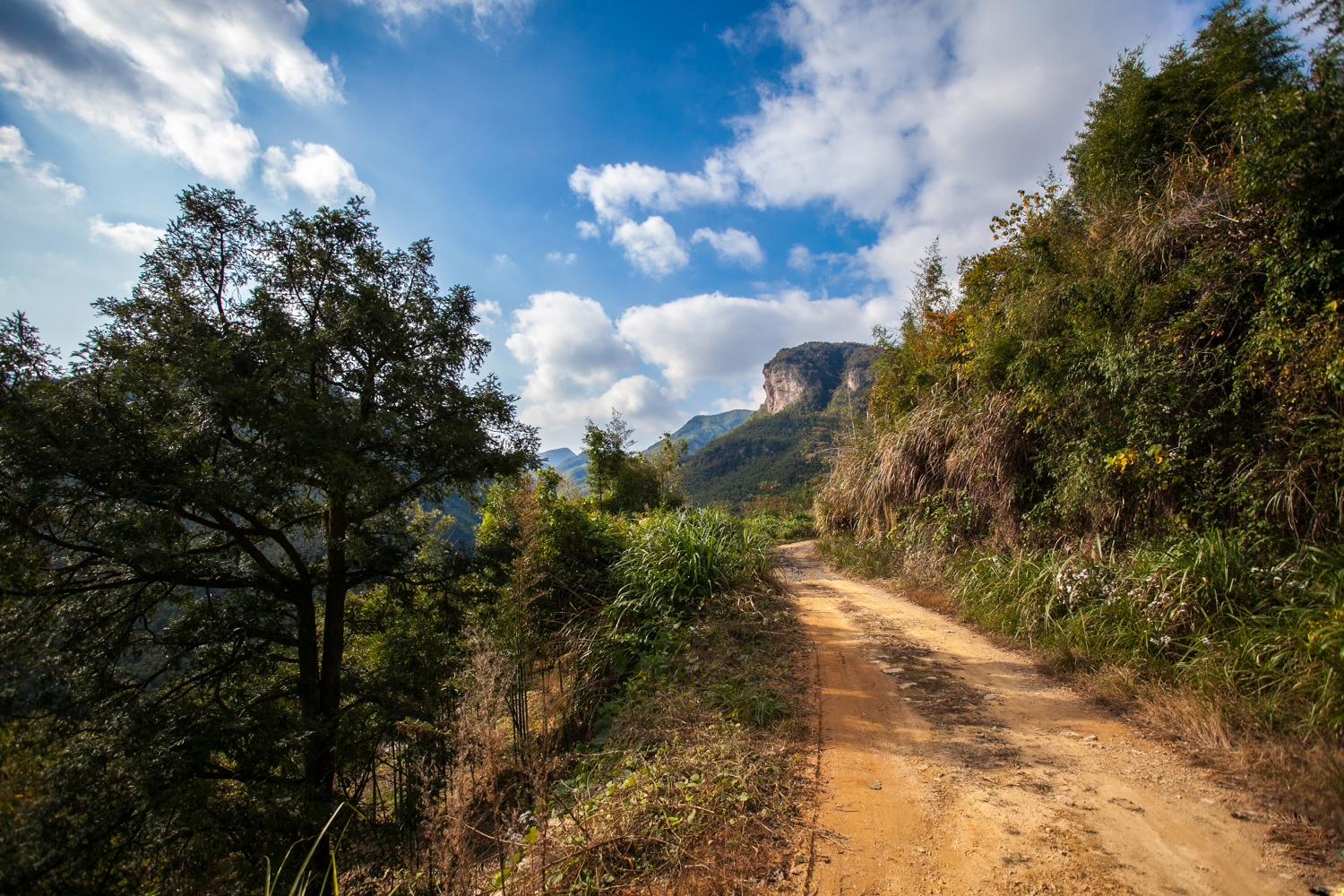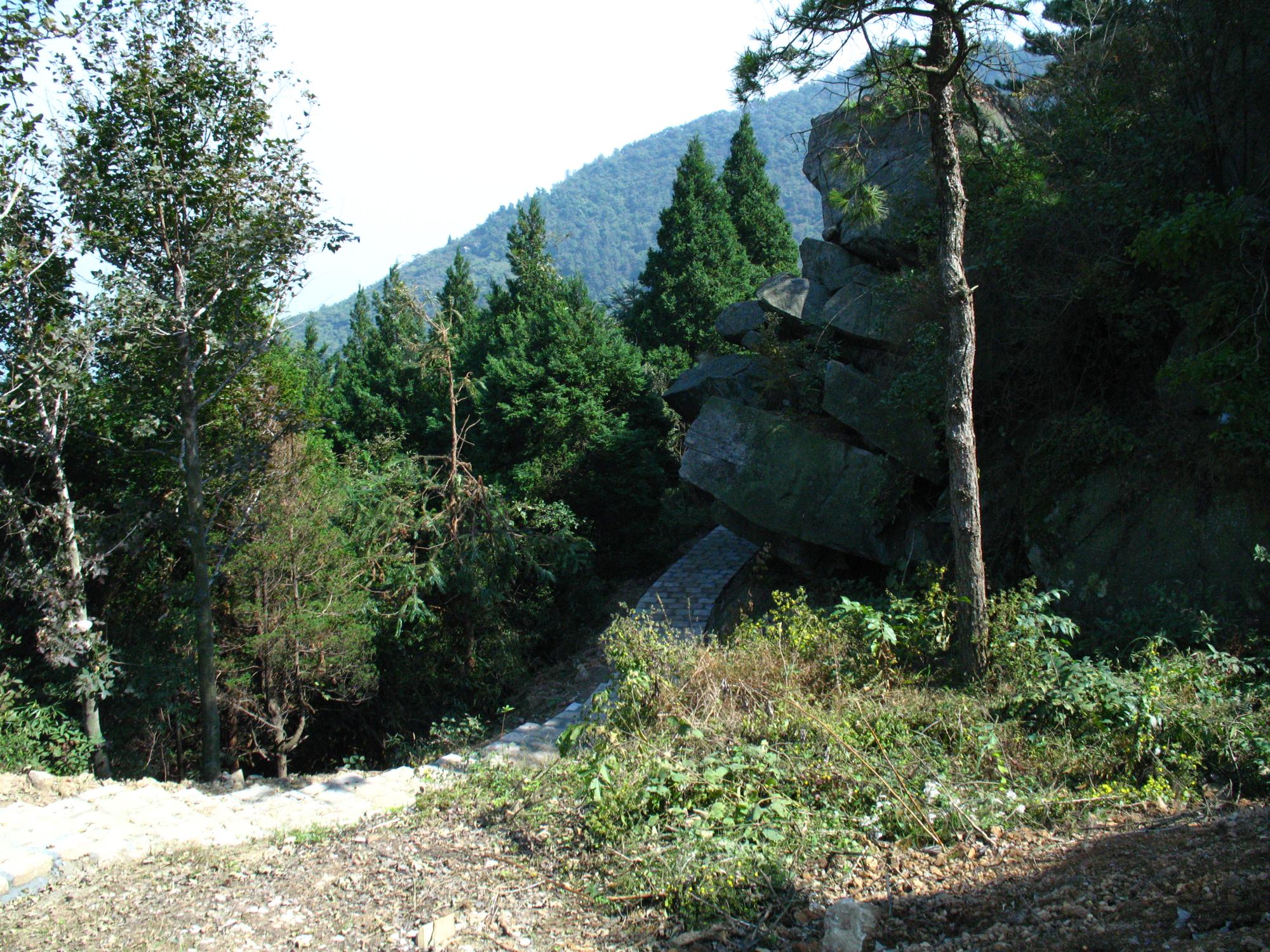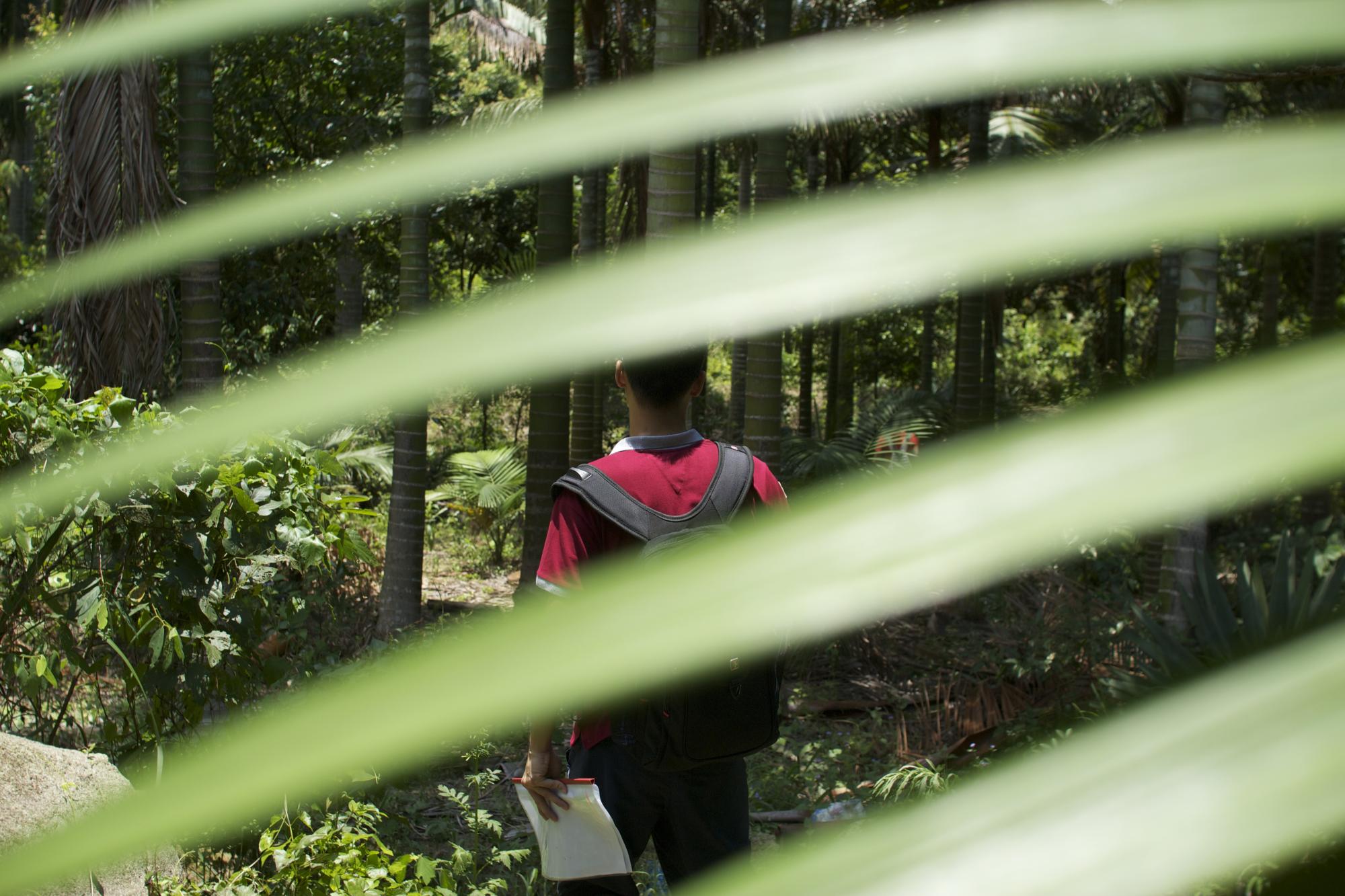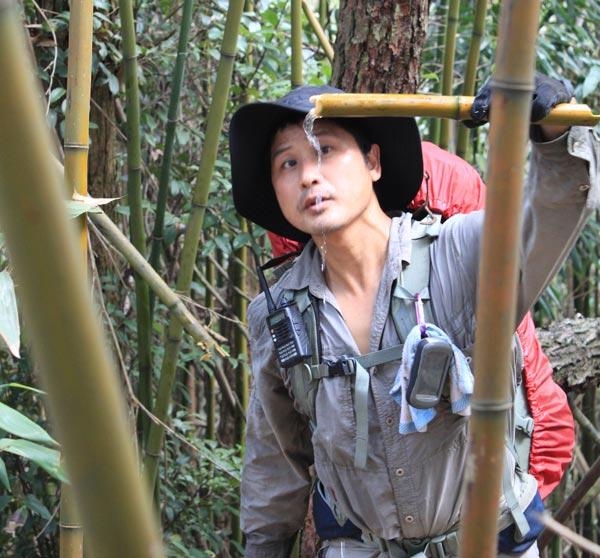Overview
The education of the young mind often requires an individualised and multi faceted approach. Prevalent educational institutes often advocate such approaches, but due to the need of uniform policies and funding allocations, often fail to achieve the stated aims. Spartan Challenge is an extracurricular activity that seeks to provide an individualised learning experience in a wilderness setting. Its ultimate aim is two-fold:
1. The cultivation of leaders. As such, latent leadership qualities are seen to be necessary for eventual participation.
2. Journey of self discovery, to discover one's talent, potentials, strengths and weaknesses
Everyone has natural dispositions, a one size catch all educational methodology often favours those with natural dispositions that happen to coincide with the narrow criteria of advancement featured in primary and secondary institutions, namely that of academic excellence and conformity. Deviances from these criteria often leads to perceived incompetence and unruly conduct. In reality, these conducts are merely a rebellious reaction towards the closing of opportunities and perceived prejudicial attitudes held by their respective educational institutions. The resulting lack of self esteem, forfeiture of further advancement opportunities and antisocial behaviours not only leads to immediate social problems; it also deprives the young person from reaching his full potentials.
SC is a comprehensive extracurricular reward program that seeks to deal with this educational gap in the HK secondary school system. It uses psychological tools such as the MBTI personality test and multiple intelligence theory to create an individualised profile of each participant. Each student will be treated as an individual, with his/her peculiarities, learning style, preference and personality considered when constructing instructional preferences.
Selection
There will be a 3 phase selection process.
Initial screening
All interested participants will have to fill in an application form (See application form doc) and answer the following questions using any medium they feel comfortable, which may include writing, videos, voice recording and animation. The three questions are:
What do you want to gain from the experience?
Describe your best and worst traits and how these traits affect your life.
What are you willing to give/do to take part in this challenge?
Students who exhibit the most originality, creativity, commitment and desire to partake in the program will be selected for the Lamma Island elimination race.
Lamma Island race
Students will be split into groups of 4 and will be asked to partake in a team orientation race held at Lamma Island. Each team will be asked to delegate within themselves the positions of leader, navigator, morale booster and scribe. The race will have 16 checkpoints, some will have questions in placed and some will have team challenges, the team must devise a strategy to obtain the most points within the pre determined time limit.
Selection will be based on a lexical ranking of the following:
1. Overall attitude - 4
2. Individual performance within the team (assessed by Zen Quest staff) - 4
3. Final team results - 2
Expedition
We envision 20 finalists who will partake in the final expedition. Before the commencement of the expedition, we shall construct an individual profile of each participant which will include the following elements:
Here I shall expand on the theory of multiple intelligence and Myer Briggs personality test and seek to demonstrate the importance of these two theories when applied to the education of adolescences.
MBTI personality type
MBTI is a psychometric tool developed by Isabelle Myers based on the Carl's Jung research into personality types. The Jung/Myers theory of psychological types is a way of describing and explaining certain consistent differences in the ways that normal people use their minds. The MBTI questionnaire purports to identify these differences through a 93 item, self administered, paper and pencil questionnaire (Form M).
Results show the respondent's preferences on each of four pairs of opposite categories, which are called dichotomies. The constructs that comprise each of the four dichotomies are board and multifaceted rather than narrow and unidimensional. That is, rather than tapping a single aspect of the domain covered in the dichotomy, a number of different aspects or expressions are addressed. To better illustrate the dynamism of this tool, the four dichotomies are:
Introversion ------------------------------------ Extroversion
Sensing ------------------------------------------- iNtuition
Thinking ------------------------------------------ Feeling
Perceiving ---------------------------------------- Judging
Extraversion - Introversion dichotomy is not limited to socialisation, but includes activity level, expressiveness, and other legitimate areas. Accordingly, all eight categories, or preference poles are used at least some of the time by each person, so we all possess these functional domains. However, individuals are assumed to have an innate disposition toward one pole of each dichotomy. The goal of MBTI assessment is to accurately identify preferences by sorting respondents into the categories (preferred poles) to which they are already disposed.
Here I shall explain each dichotomy in more details
Sensing and Intuition - opposite functions of perception
Sensing perception uses the five senses to become aware of facts and details occurring in the present. When Sensing perception is being used, regardless of whether or not the person prefers Sensing, the perceiver is using the evidence of the senses, focusing on concrete reality and the gathering of facts and details. The emphasis is on what is known and can be verified. With little conscious effort, a person who prefers Sensing has a memory that is specific, detailed, literal and complete. Sensing is a process that avoids inferences and conjecture and prefers instead to make decisions based on verifiable facts.
Intuitive perception, on the other hand, looks at patterns, meanings, and future possibilities that are believed to be implicit in current reality. When intuition is being used the perceiver focuses on concepts, ideas and theories, inferring connections among diverse pieces of information. With little conscious effort, a person who prefers intuitive perception moves quickly and easily from what is present in the here and now to what is implied and possible in the future. Intuition is a process that is less experienced and interested in acquiring, remembering, and using facts for their own sake. People who prefer intuition can experience such a focus as inhibiting to their free flow of ideas and as a pointless distraction from what is important.
Thinking and Feeling - opposite functions in judgment
Thinking judgment applies specific criteria and principles in a linear, logical analysis of Sensing or Intuitive information. The goal is to arrive at the objective truth or a reasonable approximation of truth. When Thinking judgment is being used, the person making the judgment takes an objective and dispassionate approach to the available data. With little conscious effort, individuals who prefer Thinking can maintain an objective stance and personal distance by keeping issues of their own and other's personal values and well-being separate from their decision making.
Feeling judgment applies specific, usually personally held values to assess the relative importance of the Sensing or Intuitive information available. When Feeling judgment is being used, there is concern for the impacts and consequences of a decision on individuals or groups of people. The goal of a Feeling decision is to maximise harmony and well-being for people and situations. Without conscious effort, people who prefer Feeling takes into account their own and other's feelings, values, and welfare. Although people who prefer Feeling can readily recognise logical principles and objective criteria for decision making, they avoid using such criteria if harm and disharmony will result from it.
N.B: The thinking and Feeling dichotomy does not indicate one's intelligence, it simply points to the preferred domain in making judgments to a given set of circumstances.
Extraversion and Introversion: Opposite attitudes of energy
Extraversion as an attitude directs psychic energy to and receives energy from the outer world of people, things, and action. When in the Extraverted attitude, a person interacts with the environment, receives energy through actively engaging with people and activities, and takes a trial and error approach to acquiring new experiences and skills. People who prefer Extraversion tend to think most effectively when interacting with and talking to others and it takes little conscious effort for them to approach others and explore the outer world. Without conscious effort, it is hard for them to think only internally, since they often become aware of what they are thinking only when they are verbalising.
Introversion as an attitude directs psychic energy to the inner world of ideas, reflection, and internal experiences and is energised by operating in that realm. When in the Introverted attitude, a person spends time reflecting on and reviewing ideas and experiences, and observes and thinks about whether or not to interact with new people or try new outside activities. People who prefer Introversion tend to think internally before expressing their thoughts to others. It takes little conscious effort to keep what they are thinking to themselves. Without conscious effort, it is uncomfortable and difficult for them to express their thoughts without first reflecting them.
Judging and Perceiving: opposite attitudes toward the outside world
A Judging attitude involves the habitual use of one of the judging functions, Thinking or Feeling, when interacting with the outer world. When a Judging attitude is being used, there is a desire to reach a conclusion (use Judgment) and make a decision as quickly and efficiently as possible. Without conscious effort, individuals who prefer a Judging attitude are organised, structured, effectively worked within schedules, and begin tasks sufficiently early so that deadlines can be comfortably met.
A Perceiving attitude involves the habitual use of one of the perceiving functions, Sensing or Intuition, when interacting with the outside world. When a Perceiving attitude is being used, there is a desire to collect as much information (i.e. Perceive) as possible before coming to a conclusion. Without conscious effort, a person who prefers a Perceiving attitude is flexible, adaptable, and spontaneous when operating in the outside world, works comfortably and effectively when there is pressure of an imminent deadline, and welcomes interruptions and diversions because they stimulate new energy and may provide additional useful information.
Dynamism of personality type
Personality type is the result of the interplay of a person's four preferences, represented by one pole of each dichotomy. This interplay is of a dynamic and interactive nature rather than a static or additive one: The whole type is hypothesised to be greater than the sum of the four preferences it encompasses. It is assumed and verified under numerous clinical conditions, that every individual has access to all eight preference poles. The underlying rationale for this assumption is that each of these functions and attitudes is necessary for psychological adaptation and therefore is present in every person's psychological makeup. However, each is likely to be used with greater or lesser comfort and facility by an individual, depending on its dynamic status within his or her type.
Dynamic status is represented in the Jung/Myers theory as the likely use and development of the system's four function, or processes (Sensing, Intuition, Thinking, Feeling) which may be dominant (most used, capable of development, and under conscious control), auxiliary (second in use, development, and consciously accessible), tertiary (third in use and development, and relatively unconscious) and finally inferior (least used and developed, and primarily unconscious).
The theory also specifies that the auxiliary function must be the "other kind" of mental function to that of the dominant; that is, if the dominant function is one of the perceiving functions (Sensing or Intuition), then the auxiliary function must be one of the judging functions (Thinking or Feeling) and vice and versa.
By conceptualising the psyche in this way, an individual has reasonable conscious access to one kind of perception and one kind of judgment so that two critical human endeavours can be directed and controlled. Furthermore, both Jung and Myers specified that people who by nature prefer the Extraverted attitude and are more comfortable in that attitude tend to use their dominant, most consciously accessible function when extraverting; people o by nature prefer Introverted attitude and are most comfortable in that attitude, tend to use their dominant, most consciously accessible function when introverting.
How does this tie in with outdoor education?
The essence of outdoor education is a journey of self discovery, it is an opportunity for participants to work outside their comfort zone, achieving tasks that require team efforts. The psychometric tool serves three purposes in our pilot research program:
1. As back end information to organise teams, ensuring that people of different personality dispositions are put together in one team. It takes such a step for participants to realise and appreciate the various different ways of thinking and tackling a problem.
2. As a tool for self reflection employed during nightly sharing sessions. All facilitators will be familiarise with the theory and will raise issues concerning each person's disposition in a group discussion setting.
3. It helps instructors to understand the natural disposition of each of his students, which will enable the instructor to better assess each individual based on his idiosyncrasies and mode of relating to this world. An instructor could then adapt his strategy in helping the given participant realise his strengths and weaknesses. It provides a valuable framework of reference.
Multiple intelligence
Personality types may give us a reasonable picture regarding a person's way of relating to this world. But it does not speak of the potency or potential of one's cognitive abilities. In our quest to create an individualised profile of each participant, We shall also employ the multiple intelligence theory.
Multiple Intelligences is a theory put forward by Howard Gardener, a professor in Harvard Graduate school of Education. It is gaining a lot of traction within the circle of education practitioners. Defining intelligence as a computational capacity, Dr. Gardener put forward the following eight types of intelligences:
- Logical Mathematical intelligence
- Linguistic intelligence
- Spatial intelligence
- Interpersonal intelligence
- Interpersonal intelligence
- Musical intelligence
- Emotional intelligence
- Body Kinaesthetic intelligence
- Emotional intelligence
In profiling these intelligences, Howard Gardener have noticed an intriguing contrast: the contrast between "laser" and "searchlight" intellectual profiles. Individuals with laser profiles, have a sharp spike in their profile. The spike is likely to involve one or two intelligences. For ex, Mozart had a laser profile emphasising musical intelligence; Einstein had a laser profile with spikes in logical-mathematical and spatial intelligences. Individuals with laser profiles draw heavily on a single or a pair of intelligences, usually choose to work in a domain in which the strong intelligences are privileged, and generally spend decades probing ever more deeply into the relevant domains.
The searchlight profile, by contrast, is characteristic of individuals who have roughly equivalent strengths in three of more spheres but do not exhibit a single, markedly pronounced intellectual strength. Whilst the laser profile is found chiefly among artists, scientists, scholars and inventors, the searchlight profile is common among people involved in politics and business. A person with a searchlight profile is expected to have a wide radar screen, to monitor it regularly, and to make sure that nothing vital is completely missed.
It is crucially important for adolescence between the ages of 15-18 to understand their natural disposition, potential and inclination. The creation of an intelligence profile will help them gauge what best career path to take for themselves, what course to take in university and how best to harness their natural abilities and enhance their weak points.
Furthermore according to the theory of successful intelligence (Sternberg, 1997), people achieve success by recognising and capitalising on their strengths, and at the same time recognising and taking measures in correcting or compensating for their weaknesses. In other words, there is no small and delimited set of abilities (e.g., general intelligence in Spearman’s [1904] theory or eight multiple intelligences in Gardner’s [1983, 1999] theory) that can adequately predict who will be successful and who will not be. People find their own, idiographic patterns of strengths and weaknesses, and develop patterns of capitalisation, correction, and compensation that enable them either to achieve their goals or not.
This goes back to the overarching idea that outdoor education is a journey of self discovery. Our program provides a unique platform for our participants to realise their relatively strengths and weaknesses which will be brought up in sharing sessions and how we organise team dynamics.
It is maintained by practitioners of the theory that the most effective teams were those whose members’ cognitive mode preferences together encompassed all eight modes. Constructing such teams therefore required knowing the favoured modes for every student. We will organise the 20 students into teams of 5, each with 4 participants with preferences in different modes. Furthermore we will change leadership roles day by day depending on the task assigned.
The basis of such an arrangement is based on the postulation by Sternberg & Determane that intelligence as traditionally defined refers to adaptation to the environment (see e.g., Sternberg & Detterman, 1986). In addition, successful intelligence involves not just adaptation to environments, but a balance among adaptation to environments, shaping of environments, and selection of environments. In particular, adaptation involves changing oneself to suit the environment; shaping involves changing the environment (including people in it) to suit oneself; and selection involves finding a new environment. Leadership is largely a shaping function, although inevitably it involves compromises calling for a balance of adaptation with shaping. Thus, while conventional intelligence emphasises adaptation, successful intelligence as applied to leadership emphasises shaping.
Moreover, in an increasingly globalised environment, the role of leadership is ever changing. In order to succeed, a leader must possess other tools such as social and emotional intelligence, and be well equipped working under stressful conditions. Bernard M. Bass, distinguished professor emeritus in the School of Management at Binghamton University, explores how three types of intelligence—cognitive intelligence, social intelligence, and emotional intelligence—contribute to transformational leadership. Bass’s thesis is that truly exceptional leaders, those we call “transformational,’’ must possess multiple types of intelligence. Social and emotional intelligence are particularly important because these contribute to the transformational leader’s ability to inspire and build relationships with followers.
During the expedition, in an unfamiliar environment, students are made to work on the edge of their comfort zone. In such an environment, one must adapt themselves and exhibit high levels of social and emotional intelligence to drive their team in achieving given tasks. It is submitted that no other avenue provides the same opportunities for students at such an age to understand the intricacies of leadership. That coupled with a better understanding of their potentials provides an unparalleled opportunity for self growth.
Visit the Spartan Challenge page.

